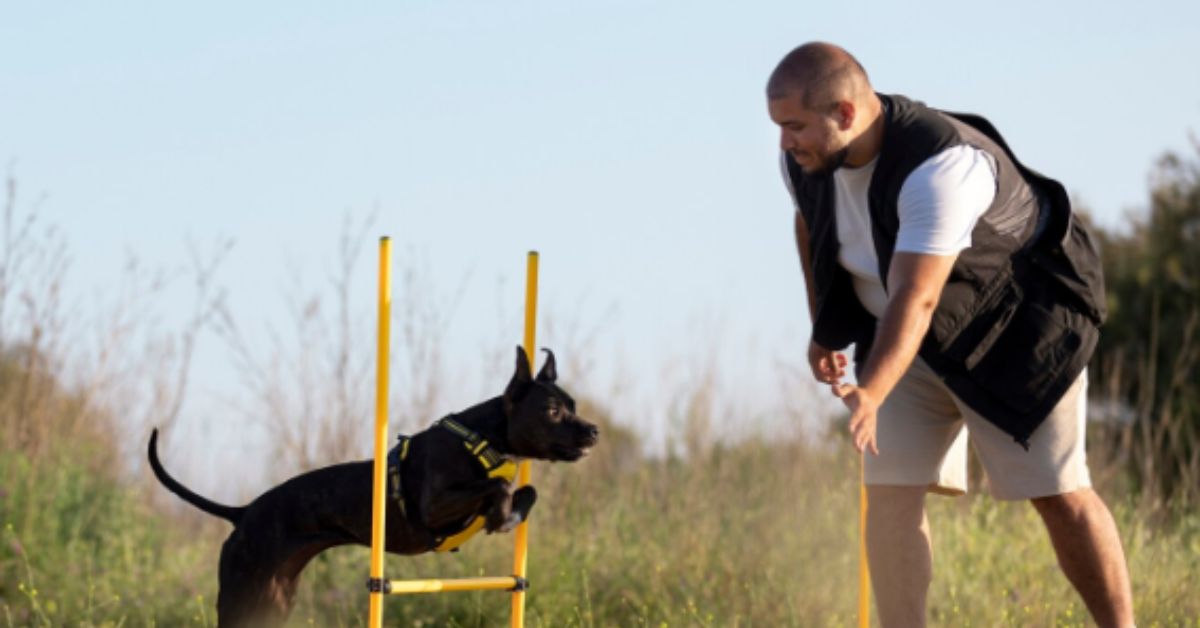The Foundation of Positive Reinforcement
At the heart of positive reinforcement training lies the simple concept of encouraging and rewarding good behavior. This approach contrasts with outdated punitive models, emphasizing patience and clear communication to teach dogs how to succeed in the human world. Rather than punishing mistakes, positive reinforcement celebrates what the dog does right, using treats, praise, toys, or affection. This inspires dogs to repeat those desirable actions and motivates them to learn, turning daily training into a source of joy rather than stress.
These techniques fit seamlessly into any lifestyle, whether you have a young puppy or a senior companion. In bustling urban communities, access to professional trainers can make a real difference; for example, those seeking dog training Denver often find programs that focus on building essential skills and confidence, resulting in a harmonious bond between dogs and their people. Choosing the right training philosophy sets new and experienced dog owners up for long-term success.
Reading Your Dog: The Value of Body Language
Communication during training is a two-way street, and a significant amount of what dogs express is through subtle body signals. Attuned owners and trainers observe shifts in tail carriage, ear position, and overall posture when assessing how their dogs feel about a new command or environment. For example, a dog holding a loose, wagging tail, with relaxed eyes and ears, is ready to engage and learn, whereas one showing a tucked tail, rigid body, or averting gaze may be anxious or uncertain.
Understanding this silent language allows handlers to adapt their training pace, encourage when needed, or pause to ease their dog’s stress. Over time, this attentive approach creates stronger, more harmonious bonds and minimizes the risk of miscommunication or behavioral setbacks.
Practical Steps for Everyday Training
- Start simple and be clear: Focus first on easy, essential cues like “sit,” “down,” or “leave it,” always using the same word and hand gesture for each.
- Keep it short and fun: Dogs learn best in short, lively sessions that end on a high note. Plan multiple daily sessions of five to ten minutes to maximize engagement and minimize frustration.
- Find what motivates your dog: Some dogs go crazy for chicken or cheese, while others love tug-of-war or a favorite squeaky toy as a reward.
- Reward quickly and consistently: The faster the reward follows a correct behavior, the stronger the association. Consistency in timing cements understanding.
- Coordinate your household: Make sure each family member uses the same cues and rewards so your dog never gets mixed signals.
These best practices turn daily into a rewarding learning opportunity, strengthen relationships, and lead to quicker, more lasting behavior improvements. Over time, dogs become eager participants, actively seeking ways to earn your praise.
Addressing Behavioral Challenges
Positive reinforcement is a valuable tool for dog owners to manage challenging habits like pulling, barking, or jumping. It allows owners to focus on and reward good choices, reducing frustration and promoting positive behavior. For fear or anxiety-related issues, structured practice is the fastest way to see results. Experienced trainers can design a step-by-step plan tailored to each dog’s needs, especially when managing aggressive or anxious behavior, prioritizing safety and welfare.
Enrichment and Socialization Essentials
Training is only one part of a dog’s development; enrichment and socialization are equally crucial. Providing daily variety helps dogs avoid problem behaviors and reduces anxiety. Socialization enables dogs to become confident adults and helps them cope better in new situations. Engaging in playgroups, controlled introductions, and guided experiences teaches essential coping skills and enhances overall well-being. Professional trainers often include these experiences in their programs.







